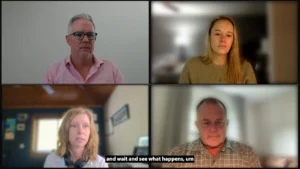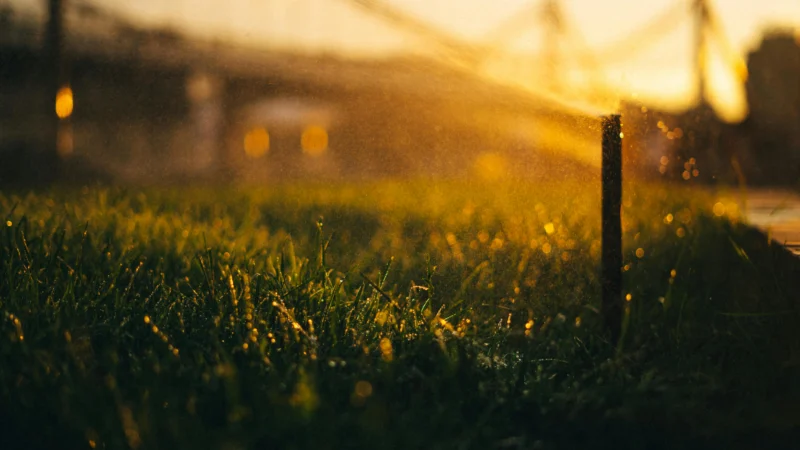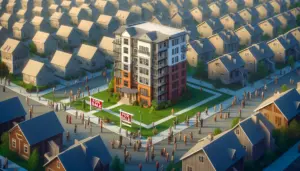The Evolving Pillars of Green Building
Sustainability, transparency, wellness and resiliency are the pillars of the green building world. Host Daniel Huard, the Godfather of Sustainability, collaborates with the experts around the world focusing on green design.
The realm of green building has evolved dramatically in the past 20 years. While sustainability has been a term that dates back further, it wasn’t so long ago that green design wasn’t mainstream, more of an afterthought. To discuss this evolution and its impact on the four pillars of green building, host Daniel Huard welcomed Katie Weeks, a sustainable design expert. She currently serves as the Managing Director, Communications and Development at the Institute for Market Transformation (IMT).
Huard met Weeks when she was the editor of Ecostructure Magazine, a publication of Hanley Wood. In her years at Hanley Wood, she was able to be a part of and start dialogues around green building. Her position at IMT is now more hands-on. So, what’s the evolution she’s seen? “In the past, when people spoke about sustainable design, it was standalone, a silo. Now it’s mainstream, and green design is just good design,” she remarked.
Huard and Weeks then touched on the other pillars of green design, resiliency, transparency, and wellness.
“Resiliency is about more than can a building survive a natural disaster. It’s about is the space flexible for a longer life span. Future-proofing a building is more than just the technology aspect. How will a building’s role evolve in supporting the community?” Weeks said.
Transparency in green building is also critical. Sharing information and knowledge benefits has a greater collective impact. IMT is working with local governments on building performance programs. “With building benchmarking data not publicly available in many jurisdictions, we can understand how that space is actually performing,” Weeks added.
Finally, wellness is a top priority, and the pandemic has changed that discussion. “We’re having conversations with architects, designers, and engineers about what makes a healthy space. Not just for those using it but for all of the community,” Weeks noted.









